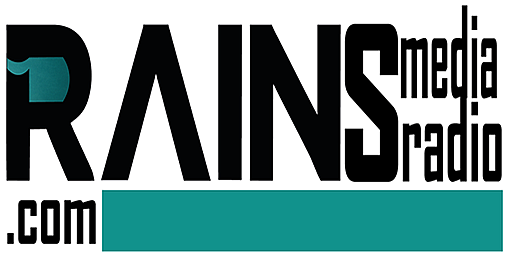The Nigerian Federal Government incurred a staggering ₦1,949 billion gross tariff subsidy shortfall in the power sector throughout 2024, as detailed in a comprehensive report released by the Nigerian Electricity Regulatory Commission (NERC) on July 15, 2025.
This financial gap, a 15% increase from 2023, stems from a 40% tariff hike implemented in April 2024 that failed to offset escalating operational costs, driven by a surge in electricity demand to 4,500 MW amid dilapidated infrastructure and persistent gas supply constraints. The subsidy, intended to cover 80% of distribution companies’ losses, exhausted the ₦500 billion allocated in the 2024 budget, leaving an unpaid balance of ₦1,449 billion.
Power Minister Adebayo Adelabu attributed the deficit to systemic inefficiencies, including a rampant 40% energy theft rate and outdated transmission lines losing 15% of generated power. The Manufacturers Association of Nigeria reported a 10% rise in factory closures due to unreliable supply, averaging 4,000 MW daily against a 5,000 MW target.
The government is exploring a ₦2 trillion loan to bridge the gap, though critics, including the Centre for Public Policy Alternatives, question its viability amid a national debt exceeding $150 billion. The shortfall has intensified calls for privatization and renewable energy investment.


